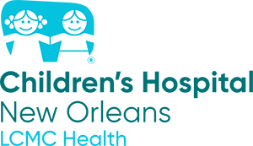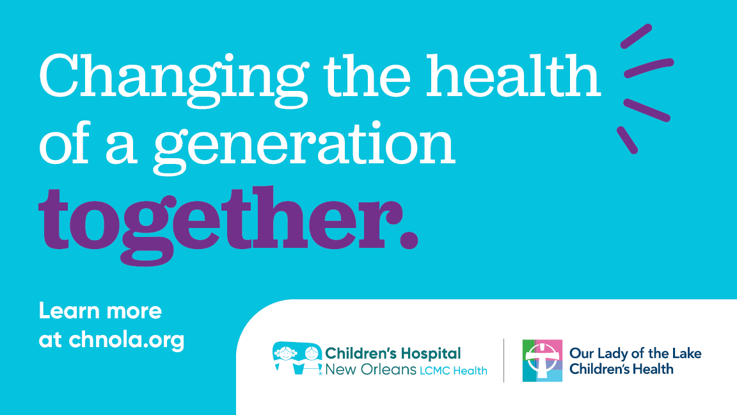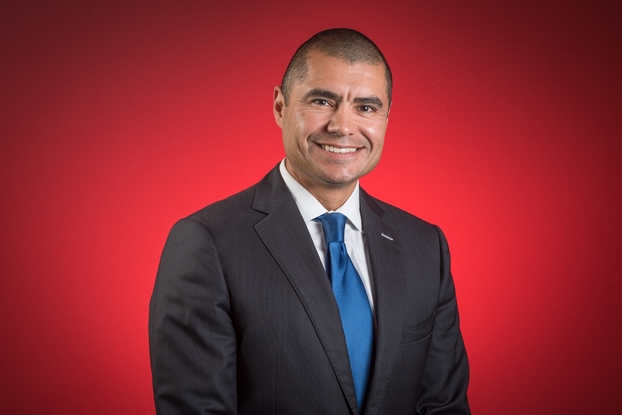Spotlight on National Donor Day: Sickle Cell Disease and the Lifesaving Potential of Blood Marrow Donation
- Category: General Health, Hematology
- Posted on:

Sickle Cell Disease (SCD) is a major global health issue, impacting over 100,000 people in the U.S. and millions worldwide. It is a genetic disorder that affects hemoglobin, the oxygen-carrying component of red blood cells, leading to the production of abnormal, sickle-shaped cells. These cells can obstruct blood flow and oxygen delivery, causing painful episodes known as pain crises as well as other complications, including infections, stroke, organ damage, and reduced life expectancy.
As the most common inherited blood disorder, SCD predominantly impacts people of African, Mediterranean, South American, Southeast Asian, and Middle Eastern descent, creating a diverse group of individuals in urgent need of effective treatments.
The Role of Stem Cell Donation
Stem cell transplants (SCT) are the only known cure for individuals with SCD. Stem cell transplants involve replacing the patient's unhealthy blood-forming cells with healthy ones from a donor, a process that has the potential to completely cure SCD by enabling the production of normal red blood cells. This procedure, however, hinges on finding a compatible donor—a challenge compounded by the genetic diversity of the affected population and the global shortage of donors.
"As a physician deeply involved in the treatment of Sickle Cell Disease, I cannot overstate the transformative power of blood or marrow transplants,” said pediatric hematologist oncologist Dr. Benjamin Watkins, director of the stem cell transplant and cell therapy program at Children’s Hospital New Orleans Center for Cancer and Blood Disorders. “For those with this condition, BMT isn't just a treatment—it’s a potential cure that offers a chance at a life free from the pain and complications associated with Sickle Cell Disease.”
Why Stem Cell Donation Matters
The success of SCT hinges on the compatibility of the donor and recipient's genetic makeup, particularly the human leukocyte antigen (HLA) system, which plays a crucial role in the immune response. This genetic alignment is more likely within the same racial or ethnic groups, emphasizing the need for a diverse donor pool.
“Unfortunately, the majority of patients with SCD lack an available matched donor. Without a matched donor, transplant becomes much more challenging and means that transplant may no longer be an option,” said Dr. Watkins. “A diverse donor registry enhances the probability of finding a suitable match, directly contributing to the success rates of transplantation and offering hope to more patients.”
The global shortage of blood marrow donors, particularly from minority communities, poses a significant challenge in treating genetic disorders like SCD. Each new donor who registers has the potential to turn the tide for patients waiting for a match.
“By stepping forward, donors not only contribute to the diversity of the registry but also increase the chances that individuals with SCD and other genetic conditions will find that life-saving match,” said Dr. Watkins.
Beyond the curative potential, SCT also offers recipients a dramatic improvement in their quality of life.
“Patients with SCD disease often live with chronic debilitating pain, frequent hospital admissions, and the looming threat of serious life-threatening complications,” said Dr. Watkins. “A successful transplant can alleviate these symptoms, allowing individuals to lead fuller, longer, and more active lives.”
In addition to the physical and emotional impact, the financial toll of managing SCD is considerable, with ongoing costs for medical care, pain management, and treatment of complications. By offering a cure, SCT has the potential to significantly reduce these lifelong healthcare costs for patients and their families.
How Does the Donation Process Work?
The process of donating bone marrow for SCD patients begins with chemotherapy for the recipient to eliminate the diseased cells, followed by the infusion of healthy cells from the donor. These new cells migrate to the recipient's bone marrow, where they begin producing healthy red blood cells. While the transplant process can be lengthy and recovery may take months, the potential end result—a life free from the constraints of SCD—is a powerful motivator for both patients and donors.
The Center for Cancer and Blood Disorders at Children’s Hospital New Orleans offers bone marrow transplants for patients with SCD, as well as advanced treatment options for children with leukemia, lymphoma, hemophilia and other childhood cancers and blood disorders.
“As the only accredited pediatric stem cell transplant facility in Louisiana, Children's Hospital New Orleans stands at the forefront of care for patients with Sickle Cell Disease,” said. Dr. Watkins. “With the largest and most experienced team of pediatric cancer and blood disorder specialists in the region, our stem cell transplant program, complemented by groundbreaking CAR-T cell therapy and active cancer research, reflects our unwavering commitment to our patients through cutting-edge, evidence-based care.”
Dr. Watkins reiterated that these advanced treatments for SCD are only possible when people are willing to step up and become stem cell donors themselves.
“Stem cell donation for SCD patients is not just a medical procedure; it's an act of profound generosity that can directly lead to saving someone’s life,” Dr. Watkins said. “By increasing awareness and encouraging more individuals to become donors, we can make significant strides in the fight against SCD. It is a true testament to the lifesaving power one individual can have.”
To learn more about stem cell donation and The Center for Cancer and Blood Disorders at Children’s Hospital New Orleans, visit https://www.chnola.org/services/hematology-oncology/
Join the bone marrow registry at www.bethematch.org



